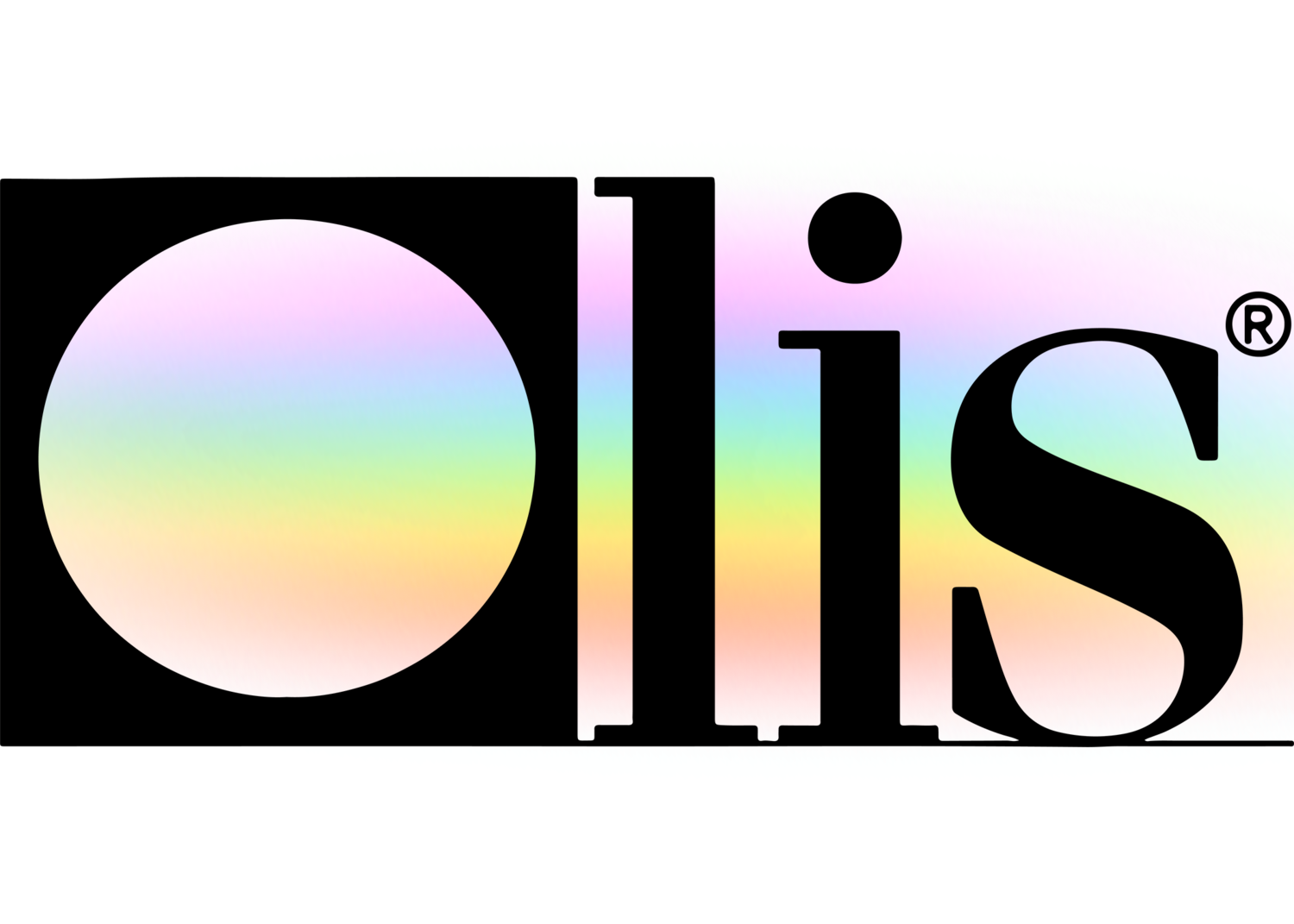The Of Uv/vis/nir
Table of ContentsIndicators on Uv/vis You Should KnowUv/vis/nir for BeginnersUv/vis/nir Things To Know Before You BuyRumored Buzz on Circular DichroismThe Uv/vis Statements

Spectrophotometry is most commonly used to ultraviolet, visible, and infrared radiation, modern spectrophotometers can interrogate broad swaths of the electromagnetic spectrum, consisting of x-ray, ultraviolet, noticeable, infrared, and/or microwave wavelengths. Spectrophotometry is a tool that hinges on the quantitative analysis of molecules depending on just how much light is soaked up by colored compounds.
Top Guidelines Of Uv/vis/nir
A spectrophotometer is frequently used for the measurement of transmittance or reflectance of services, transparent or nontransparent solids, such as refined glass, or gases. Although many biochemicals are colored, as in, they soak up noticeable light and therefore can be measured by colorimetric procedures, even colorless biochemicals can frequently be converted to colored compounds ideal for chromogenic color-forming reactions to yield substances ideal for colorimetric analysis.: 65 Nevertheless, they can also be created to determine the diffusivity on any of the listed light ranges that normally cover around 2002500 nm using various controls and calibrations.
An example of an experiment in which spectrophotometry is used is the decision of the equilibrium constant of a service. A certain chemical reaction within an option may take place in a forward and reverse instructions, where reactants form items and items break down into reactants. Eventually, this chemical reaction will reach a point of balance called an equilibrium point.
Uv/vis/nir - Truths
The quantity of light that travels through the solution is indicative of the concentration of certain chemicals that do not permit light to go through. The absorption of light is due to the interaction of light with the electronic and vibrational modes of molecules. Each kind of molecule has a specific set of energy levels associated with the makeup of its chemical bonds and nuclei and therefore will absorb light of specific wavelengths, or energies, leading to unique spectral homes.
They are extensively used in numerous markets including semiconductors, laser and optical production, printing and forensic examination, as well as in labs for the study of chemical substances. Spectrophotometry is often used in measurements of enzyme activities, determinations of protein concentrations, decisions of enzymatic kinetic constants, and measurements of ligand binding reactions.: 65 Ultimately, a spectrophotometer is able to figure out, depending on the control or calibration, what substances are present in a target and exactly how much through estimations of observed wavelengths.
This would come as a service to the formerly produced spectrophotometers which were not able to soak up the ultraviolet properly.
Fascination About Spectrophotometers
It would look what i found be discovered that this did not offer satisfactory results, therefore in Model B, there was a shift from a glass to a quartz prism which permitted better absorbance outcomes - circularly polarized luminescence (https://pblc.me/pub/3fc0b3e264b77b). From there, Design C was born with a change to the wavelength resolution which wound up having 3 systems of it produced
It was produced from 1941 to 1976 where the rate for it in 1941 was US$723 (far-UV accessories were a choice at additional expense). In the words of Nobel chemistry laureate Bruce Merrifield, it was "probably the most essential instrument ever developed towards the advancement of bioscience." Once it became terminated in 1976, Hewlett-Packard developed the very first commercially readily available diode-array spectrophotometer in 1979 understood as the HP 8450A. It irradiates the sample with polychromatic light which the sample soaks up depending on its homes. Then it is sent back by grating the photodiode array which finds the wavelength area of the spectrum. Considering that then, the development and execution of spectrophotometry gadgets has increased immensely and has actually turned into one of the most ingenious instruments of our time.

The Single Strategy To Use For Circular Dichroism
Historically, spectrophotometers use a monochromator containing a diffraction grating to produce the analytical spectrum. The grating can either be movable or fixed. If a single detector, such as a photomultiplier tube or photodiode is utilized, the grating can be scanned stepwise (scanning spectrophotometer) so that the detector can determine the light strength at each wavelength (which will represent each "action").
In such systems, the grating is fixed and the strength of each wavelength of light is measured by a different detector in the selection. Additionally, most modern mid-infrared spectrophotometers use a Fourier change technique to get the spectral information - https://www.abnewswire.com/companyname/olisclarity.com_129679.html#detail-tab. This strategy is called Fourier change infrared spectroscopy. When making transmission measurements, the spectrophotometer quantitatively compares the portion of light that passes through a reference solution and a test solution, then electronically compares the strengths of the 2 signals and calculates the portion of transmission of the sample compared to the reference standard.
